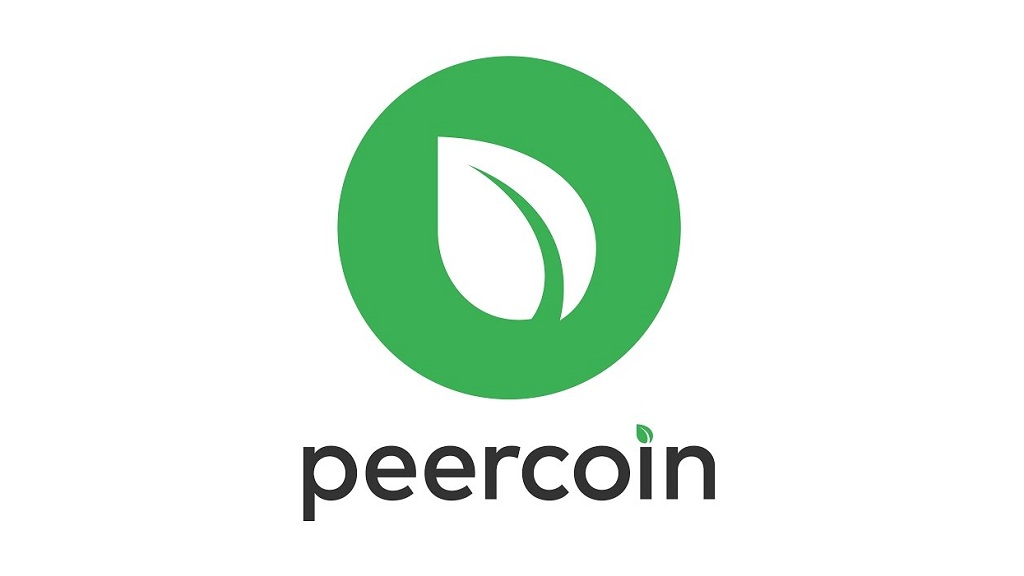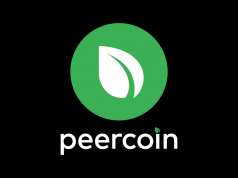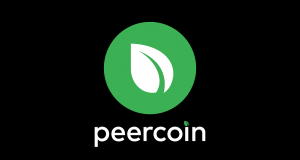It was August 12, 2012, when Peercoin or Peer to Peer cryptocurrency was introduced just right after Bitcoin. You may be familiar with Bitcoin, but when dealing with online transactions, Peercoin makes it different. It was popularized by Mr. Sunny King, a software developer, who is also the developer of Prime Coin.
If Bitcoin is one of the most popular and most costly crypto-currency in the market, then Peercoin is relatively new compared to this crypto-currency giant. Its creator was inspired by the rise of Bitcoin and it even has a portion of its technical implementation and source codes. In fact, its source code is delivered under the MIT/X11 Software license.
Peercoin is still way different from Bitcoin because it operates in a combined POW or proof of work and POS or proof of stake system. It is the first crypto-currency to enforce this kind of operating system.
This peer to peer coin network takes charge of the Peercoins issuance and transactions through the use of “SHA -256 algorithm” and its “POW” or proof-of-work system. Thus, it issues coins when there are small hash values found, and in return, records the transactions in blocks and added afterward to its shared blockchain, this whole process is called “mining.”
Transactions of Peercoin
Peercoin makes it different through its sophisticated series of transactions. Both Bitcoin and Peercoin are crypto-currencies that work and are well patronized by its users. It undergoes a series of mining transactions that are being controlled by its system.
These transactions are being recorded in a ledger that is under supervision by different clients; this ledger system is called the Peercoin blockchain.
The blockchain is the lineup or checklist of transactions that are being divided into sections which are called blocks; this process will generate more coins. Every ten minutes the Peercoin system delivers and releases a new block. The only difference Peercoin has from other coins is that it does not have a limit in producing its coins, it is unlimited depending on the people who are mining. A transaction is accomplished when the system has already completed six blocks or 60 minutes.
Features of Peercoin
Peercoin uses the POS or Proof of stake procedure which generates coins through a process that requires less energy consumption. This process utilizes the energy used by the client through software on their computer. Even though POS looks promising, POW or proof of work hash-mining method is still its primary method of generating coins.
Payment Method of Peercoin
Payment of Peercoin makes it different because they are always based on digital signatures which consists a string of 34 letters and numbers that would always begin with the letter P. One can usually create different addresses without having to spend Pee coins.
Inflation
Peercoin has a fixed inflation rate of one percent (1%) every year. It has an unlimited amount of number coins that can be generated, and it currently has a cap of 2 billion coins which is continuously growing. Upon reaching the cap, it will again be raised to accommodate the needs of its users. This crypto-currency was created to respond the growing needs of the population.
All the reasons mentioned above explain why Peercoin makes it different compared to the rest of the other coins in the market. Although its growth is slow, it made its way up in the market and now, it’s growing steadily.



